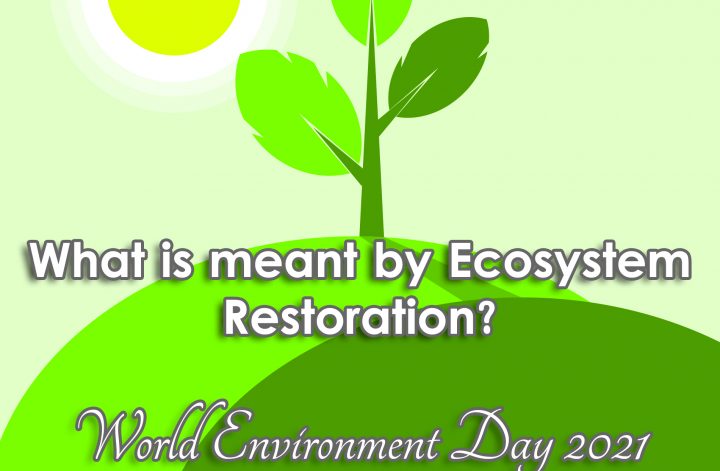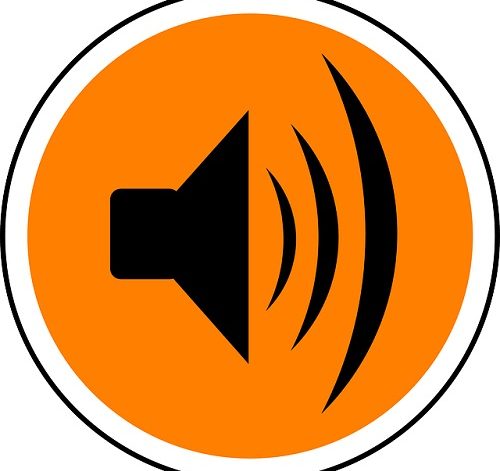Introduction
Air Pollutants: Air pollutants are simply defined as airborne substances including particles, gases, liquids, or solids. High concentrations of airborne substances pose serious threats to living beings, vegetation, infrastructure, and the ecosystem of the Earth. [Also Read: Air Pollution– Sources, Effects, and Control]
Indoor Air Pollution: It is defined as the physical, chemical, and biological properties of the indoor air in an infrastructure. Indoor air pollutants are radon, biological pollutants, asbestos, etc. To know more, read: What is Indoor Air Pollution? – Sources, Effects and Control and What Are Common Indoor Air Pollutants? – Types And Sources.
Outdoor Air Pollution: It is defined as the presence of airborne substances in the air above natural concentrations. Outdoor air pollutants are greenhouse gases, PAHs, POPs, CFCs, etc.
- PM: It is defined as a composition of liquid droplets and solid particles present in the air.
- VOCs: Volatile organic compounds are carbon compounds that take part in photochemical reactions in the air. Examples are formaldehyde, xylene, etc.
- POPs: Persistent organic pollutants are chemical compounds that persist in the environment and get into the food chain. Examples are PCBs, DDT, etc.
- TPHs: Total petroleum hydrocarbons are hydrocarbons that contaminate the air. Examples are benzene, toluene, etc.
- Heavy Metals: It is defined as chemical elements with higher densities and low concentration in the air can show toxic effects on living beings. Examples are Pb, Cd, etc.
- Greenhouse Gases: These are gases that absorb and emit longwave/ thermal infrared radiations. Examples are water vapors, methane, etc.
- Biological Pollutants: It is defined as particles that are released from living organisms. Examples are molds, pollen, etc.
Read: 10 Indoor Plants For Improving Indoor Air Quality At Home.
Common Air Pollutants, Their Sources And Their Effects
Air Pollutants are listed in the table below with sources and their effects:
| Serial No. | Air Pollutants | Sources | Effects |
| 1. | Carbon Dioxide ( CO2 ) | Fossil Fuel Combustion, deforestation, Cement production, | Nausea, Headache, High Blood Pressure, etc. |
| 2. | Nitrogen Dioxide ( NO2 ) | Fossil Fuel Combustion, Welding, Metallurgy, | Respiratory Diseases such as asthma, lung cancer, etc. |
| 3. | Sulfur Dioxide ( SO2 ) | Coal-fired Power Plants, Ships, Locomotives, | Chronic Bronchitis, Respiratory Tract Infection, etc |
| 4. | Lead ( Pb ) | Lead Acid Batteries, Metal Processing, Lead Smelters, | Brain and Kidney problems, Anemia, Developmental Effects on Nervous System of unborn babies, etc. |
| 5. | Ozone ( O3 ) | Refineries, Boilers, Power Plants, (VOCs + NOx+ Sunlight) | Asthma, Emphysema, Chest Pain, etc. |
| 6. | Particulate Matter (PM 2.5 ) | Oil Lamps, Cooking, Tobacco Smoke, etc. | Sneezing, Coughing, Breathing Problems, etc. |
| 7. | Methane ( CH4 ) | Coal Mining, Landfill Sites, Agricultural activities, | Memory Loss, Vision Problems, Nausea, etc. |
| 8. | Ammonia ( NH3 ) | Fertilizer Factories, Coal Mining, Rotting Agricultural Slurry, | Death, Lung Problems, Blindness, etc. |
| 9. | Hydrogen Sulfide ( H2S ) | Swamps, Hot Springs, Volcanoes, | Skin Irritation, Convulsions, Headache, etc. |
| 10. | Carbon Monoxide ( CO ) | Vehicle Emission, Dryers, Wood Stoves, | Arrhythmias, Headache, Vomiting, etc. |
| 11. | Carbon Disulfide ( CS2) | Crude Petroleum, Volcanic Eruptions, | Fatigue, Lethargy, Nausea, etc. |
| 12. | Nitric Oxide ( NO ) | Incineration, Lightening Strikes, | Chronic Lung Diseases, Asthma, etc. |
| 13. | Nitric Acid ( HNO3 ) | Power Plants, Automobiles, | Cough, Chest Pain, Dry Throat, etc. |
| 14. | Dichlorodiphenyltrichloroethane ( DDT ) | Pesticides | Seizures, Tremors, etc. |
| 15. | Sulfur Trioxide ( SO3 ) | Mineral Ores, Fossil Fuel Combustion, | Vomiting, Nausea, Headache, etc. |
| 16. | Sulfuric Acid (H2SO4) | Suffer Burning Fuels | Respiratory Tract Infection |
| 17. | Asbestos | Construction | Lung Diseases |
| 18. | Benzene ( C6H6 ) | Cigarette Smoke, Forest Fire | Anemia |
| 19. | Hydrofluorocarbons ( HFC ) | Air Conditioning, Refrigerators, | Suffocation |
| 20. | Hydrocarbons ( HC ) | Pesticides, Oil Spills, | Organ Degeneration |
| 21. | Formaldehyde ( CH2O ) – ( VOCs ) | Smoking, Fuel-Burning Appliances, | Skin Irritation, Burning Eyes, etc. |
| 22. | Benzo-(a)-Pyrene ( C20H12 ) – ( PAHs) | Wood Burning | Liver and Lung Problems, etc. |
| 23. | Pollen | Plants, Trees, etc. | Nasal Congestion, Watery Eyes, etc. |
| 24. | Molds | Dust, Paints, Bacteria, Fungi, etc. | Stuffy Nose, Itchy Eyes, etc. |
| 25. | Hydrogen Chloride ( HCl ) | Sea Salts, Fossil Fuel Combustion, | Breathing Problems, Blindness, etc. |
You might also wish to read: Equipment Used in Industries to Control Air Pollution
Conclusion
Air pollution is extremely hazardous for all living beings whether it’s indoors or outdoor, anthropogenic or natural. Some air toxins show reproductive problems among animals. Humans suffer from respiratory diseases, cancer, skin diseases, etc. By adopting precautionary measures can save humans from the effects of air pollution.
Also check out: Controlling Air Pollution Crucial for Mitigating World’s Environmental Crises
I hope you all liked this post! Please comment below if you have any suggestions, comments, or feedback! We at #envpk love hearing from our readers! Thanks!




